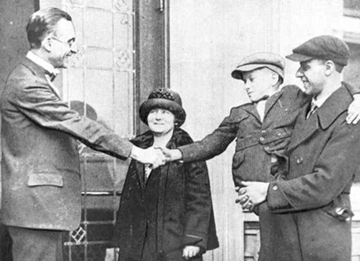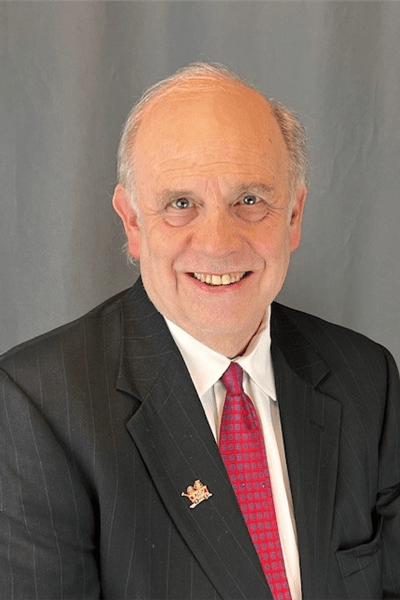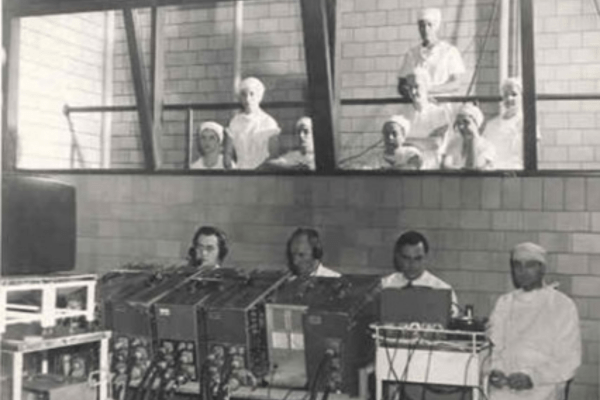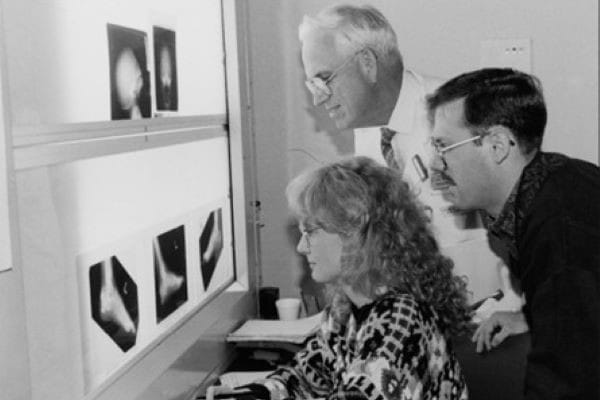The lives and accomplishments of the leaders of the Department of Pediatrics at Indiana University School of Medicine tell a compelling and powerful story of the department’s history and evolution of the practice of pediatrics. These leaders guided the department’s growth, development, and contributions to the care of children in Indiana, nationally and worldwide.
1924-1931: The Launch of Children's Medical Services at the James Whitcomb Riley Hospital for Children

When the James Whitcomb Riley Hospital for Children first opened its doors on November 19, 1924, there was no official Department of Pediatrics. There were, however, many key leaders in place who helped to launch children’s medical services at the hospital. Dr. Samuel E. Smith, medical provost of Indiana University, was the general superintendent in charge. Dr. Smith was assisted by Robert E. Neff, Administrator for the Robert W. Long Hospital and James Whitcomb Riley Hospital for Children, and director of the social service department. Medical care of patients was supervised by Drs. John H. Oliver, John Finch Fairbanks, and Lafayette Page. Patients were seen by pediatricians from the community who worked part-time at the hospital and did not receive a salary.
Both Drs. Smith and Page served on the Joint Executive Committee established in 1921, the same year that the James Whitcomb Riley Memorial Association was incorporated. Dr. Page, an internationally known ear, nose, and throat physician, also was an incorporator of the association and is credited with proposing the idea to create a children’s hospital to honor the memory of Hoosier poet, James Whitcomb Riley.
Additional roles for Dr. Smith were provost for Indiana University at Indianapolis from 1923 to 1928 and vice president of the Indiana University Board of Trustees from 1919 to 1925. Dr. Smith, widely regarded as an authority on mental illness, earned his medical degree from the University of Louisville School of Medicine in 1884. Dr. Smith served in several medical, administrative and leadership roles in institutions, commissions and committees throughout his career addressing the care of people with mental illness. Dr. Smith died on May 29, 1928.
Dr. Page was professor of otolaryngology at Indiana University School of Medicine and made important contributions to the medical literature. Dr. Page served during World War I at the Colonel Eli Lilly Memorial Red Cross Hospital, also known as United States Army Base Hospital 32. His research and knowledge helped develop an adequate remedy that led to a marked decrease in the serious effect of gas burns and gas poisons on Allied troops. His distinguished service in the treatment of gas cases won him recognition throughout the French and Allied medical services as well as the American Expeditionary Forces. Dr. Page died on July 14, 1929.
Dr. John H. Oliver, professor of surgery at Indiana University School of Medicine, was in charge of children’s cases at the Robert W. Long Hospital in Indianapolis. Children were admitted to a twelve-bed unit before Riley Hospital was opened. Dr. Oliver served as first chair of the Department of Surgery from 1908 to 1912.
Dr. Barnhill served as first department chair and professor of head and neck surgery for the Department of Otolaryngology—Head and Neck Surgery. Dr. Barnhill initiated the first post-graduate course at Indiana University School of Medicine in 1915, which continues today and is the longest continuing medical post-graduate course in the United States.
Pediatric Chairs
Those who have served as chair of the department set and built upon the blueprint that continues to guide the department today. All, in different ways, have held to highest expectations for excellence, innovation, discipline, integrity, knowledge and leadership that are reflected throughout the department’s history.










